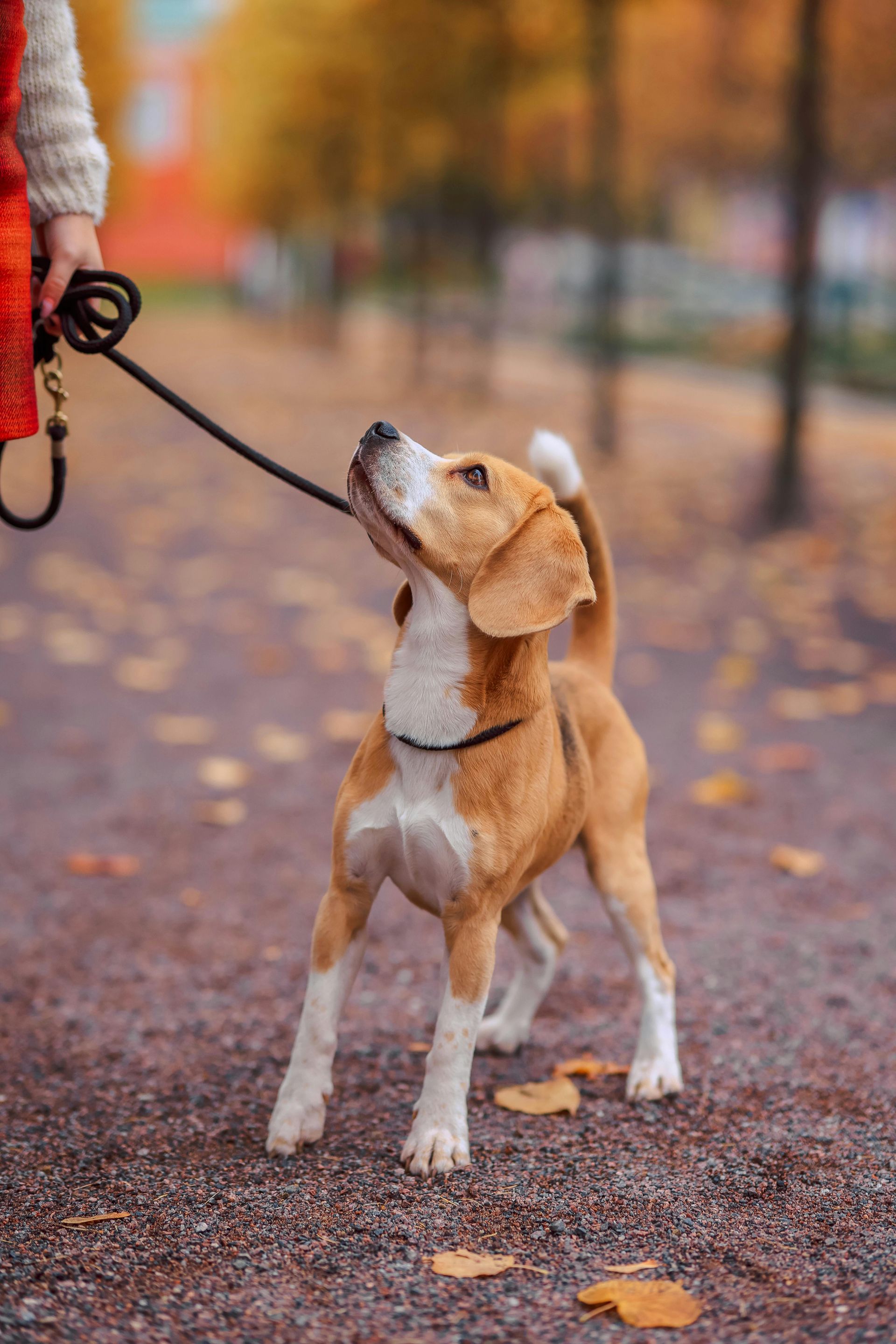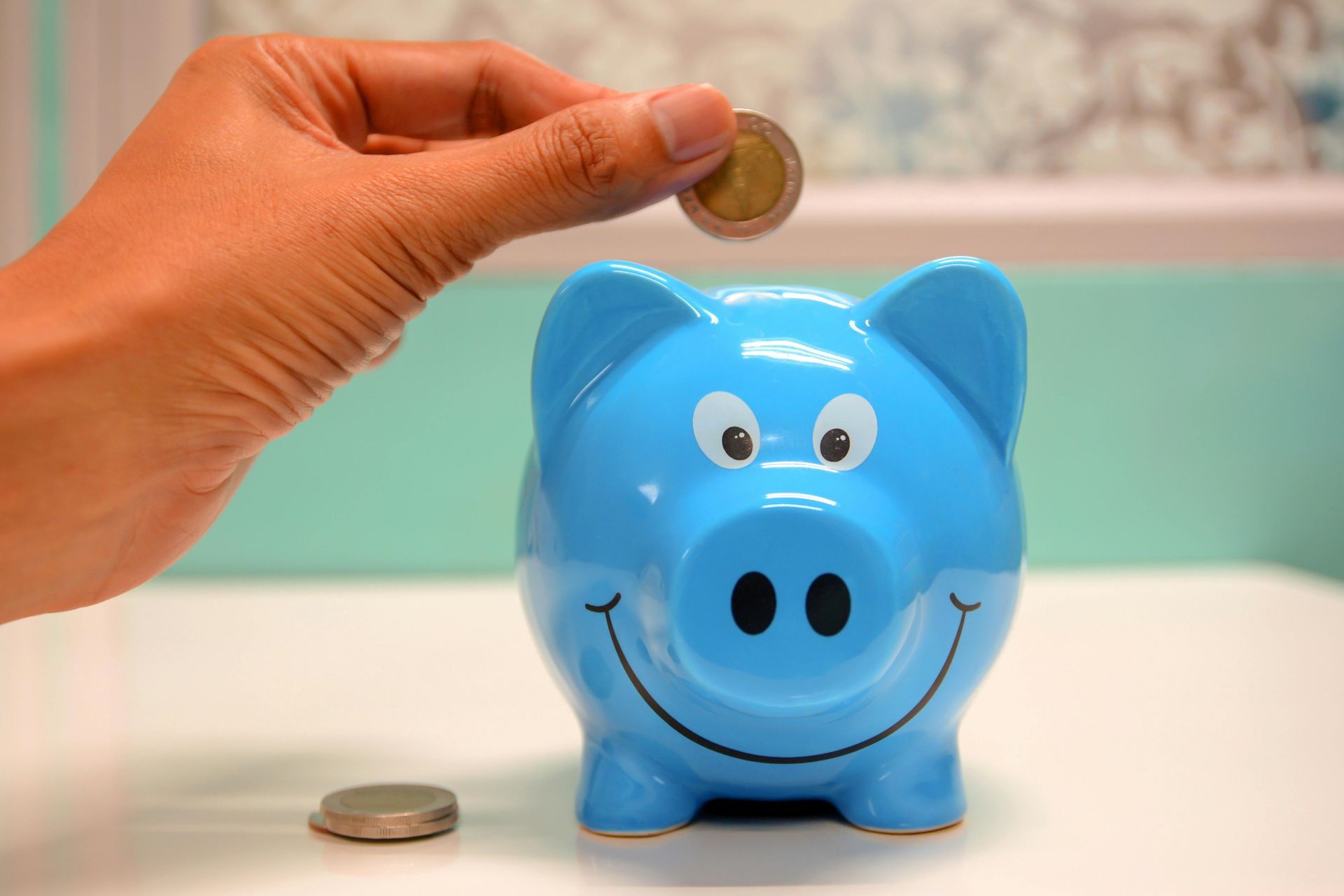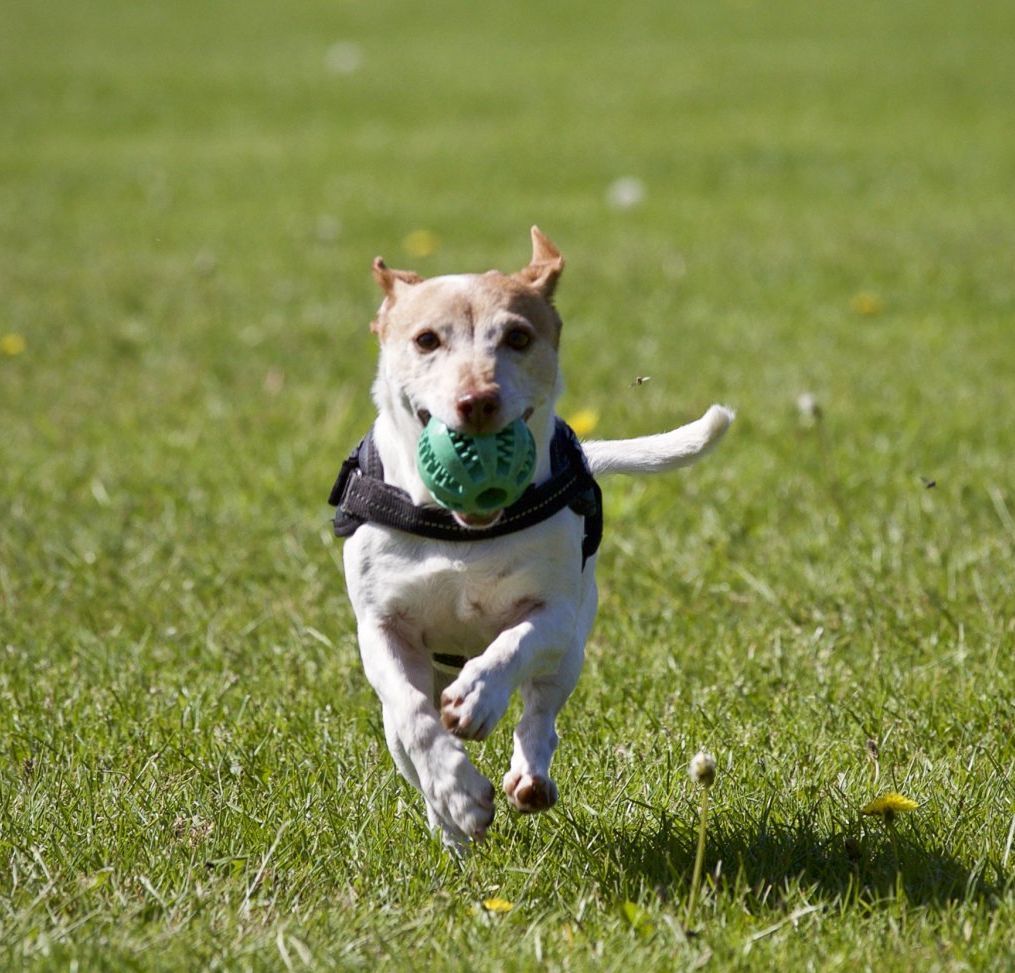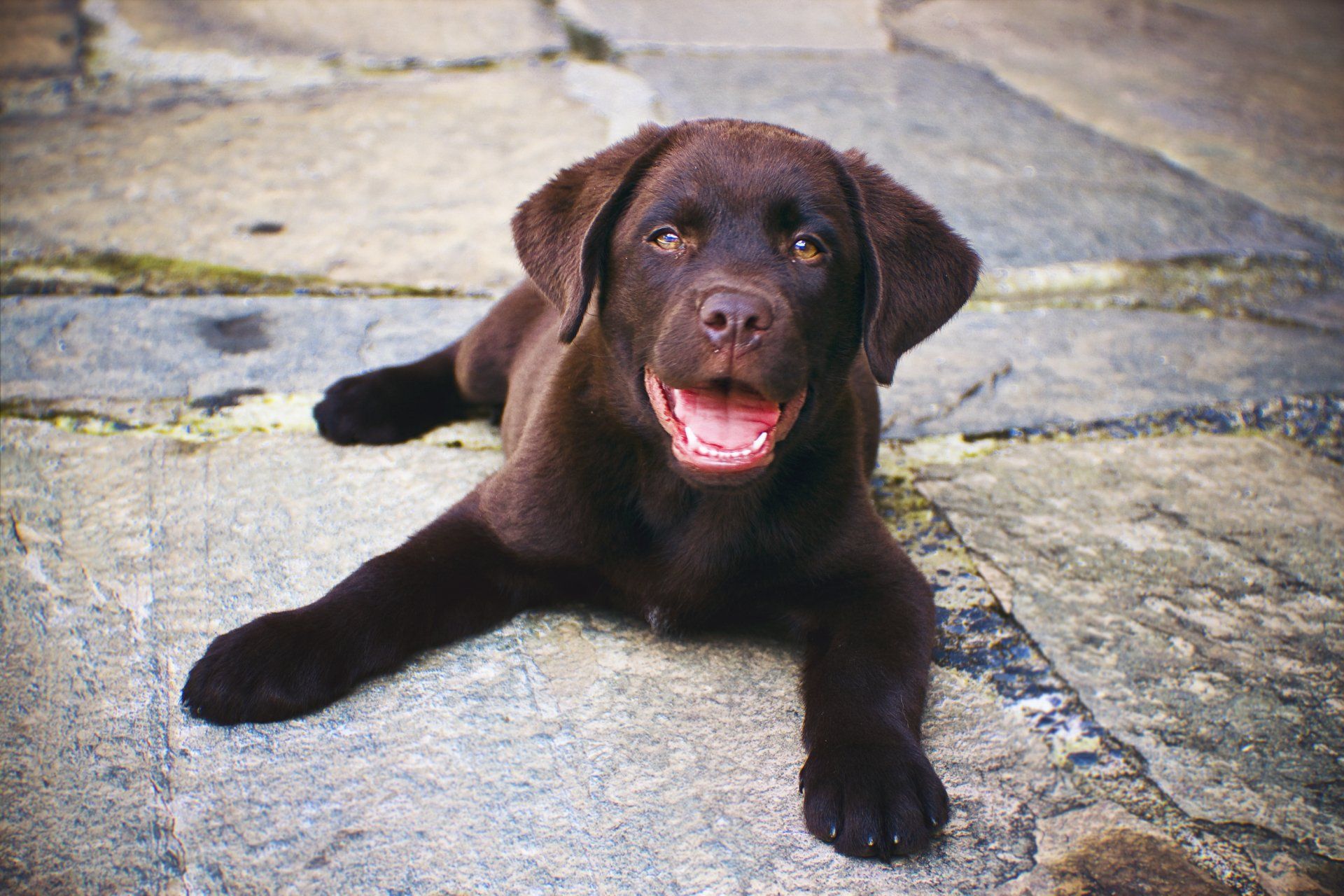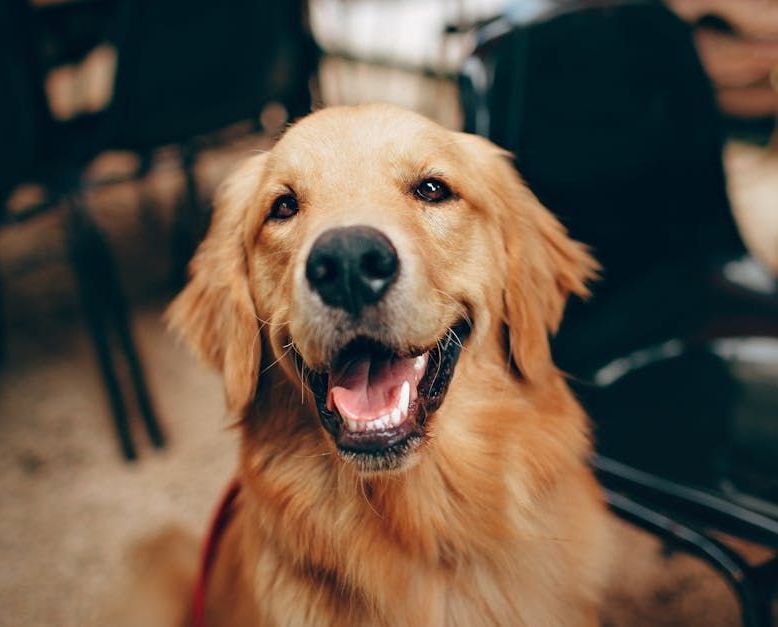The Science of Dog Behavior: How to Improve Your Dog’s Training at Home
The Science of Dog Behavior: How to Improve Your Dog’s Training at Home
Understanding your dog’s behavior isn’t just about commands and treats; it’s about how their brain works. Dogs, like humans, have neurological pathways and neurochemicals that influence their learning, emotions, and behavior. If you’re looking for professional dog training in Goodyear, AZ, understanding the science behind training can help you work with your dog more effectively at home.
The Neuroscience Behind Dog Training
Your dog’s brain is constantly forming new neural connections based on experiences. Repeated behaviors create stronger neurological pathways, making them more automatic over time. This is why consistency is key—every interaction shapes how your dog responds in the future.
How Neurochemicals Affect Learning
- Dopamine: Released when your dog experiences pleasure, such as receiving a treat or praise. This reinforces behaviors and makes training more effective.
- Cortisol: The stress hormone that spikes during fear or anxiety. High levels can make learning harder, which is why punishment-based training often backfires.
- Oxytocin: Known as the “bonding hormone,” it strengthens the relationship between you and your dog, increasing trust and making training smoother.
Practical Training Strategies Based on Canine Neuroscience
1. Reinforce Positive Behaviors Immediately
Dogs learn through cause and effect. When your dog does something right, immediately reward them to reinforce the connection in their brain. The faster the reward, the stronger the neural link.
2. Use Short, Frequent Training Sessions
Long training sessions can overwhelm your dog’s brain, leading to frustration and fatigue. Instead, keep sessions between 5-10 minutes and repeat them throughout the day.
3. Reduce Stress to Improve Learning
A stressed dog has difficulty learning because high cortisol levels interfere with memory and focus. Create a calm environment by using gentle, encouraging reinforcement and avoiding harsh corrections.
4. Build Reliable Neural Pathways with Repetition
Just like people learning a new skill, dogs need repetition to strengthen their responses. Practice the same commands in different settings so your dog’s brain associates them with multiple environments.
5. Make Training Fun to Boost Dopamine
Engagement and excitement help your dog learn better. Turn training into a game by using toys, playful tones, and movement-based exercises.
Common Behavioral Challenges and How Brain Science Can Help
- Puppy Training & Housebreaking: Establish consistent patterns to create strong potty-training pathways.
- Leash Reactivity: Train calm behaviors using controlled exposure and positive reinforcement to rewire emotional responses.
- Separation Anxiety: Gradually desensitize your dog to alone time, reducing cortisol spikes and increasing confidence.
- Aggression or Fearfulness: Build trust by reinforcing calm behaviors, rewarding relaxation, and reducing stress triggers.
Why Choose Science-Based Dog Training in Goodyear?
At No Paws Like Home, we use research-backed methods to ensure training works with your dog’s natural learning process. Our personalized, in-home dog training approach helps you create positive changes based on behavioral science and canine psychology.
If you're ready to improve your dog’s behavior using proven, science-based methods, contact us today to start your in-home training journey in Goodyear!

